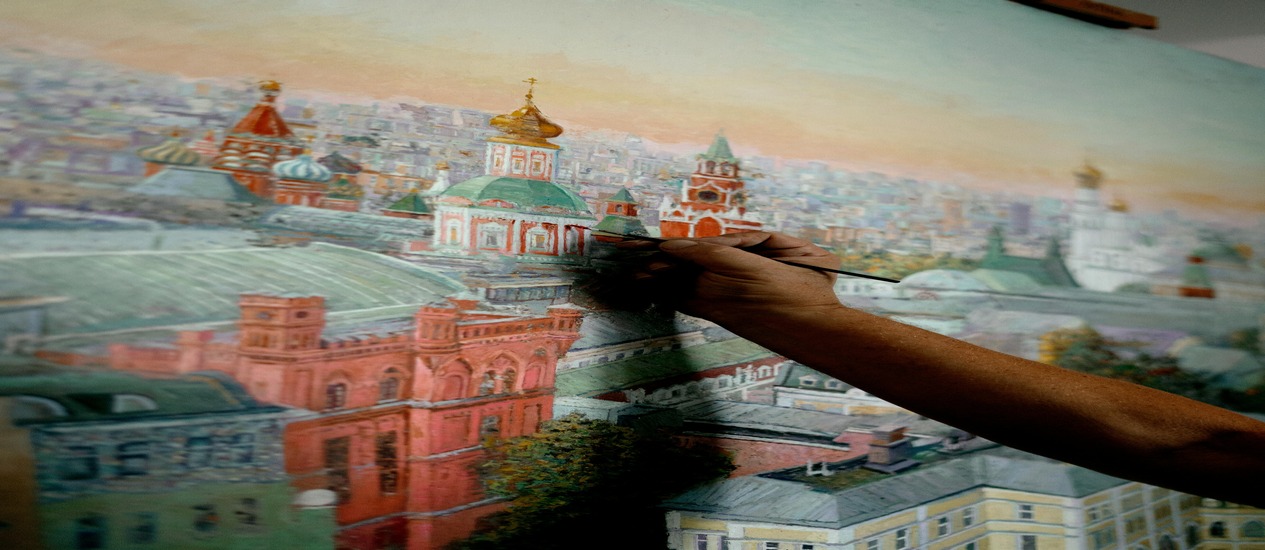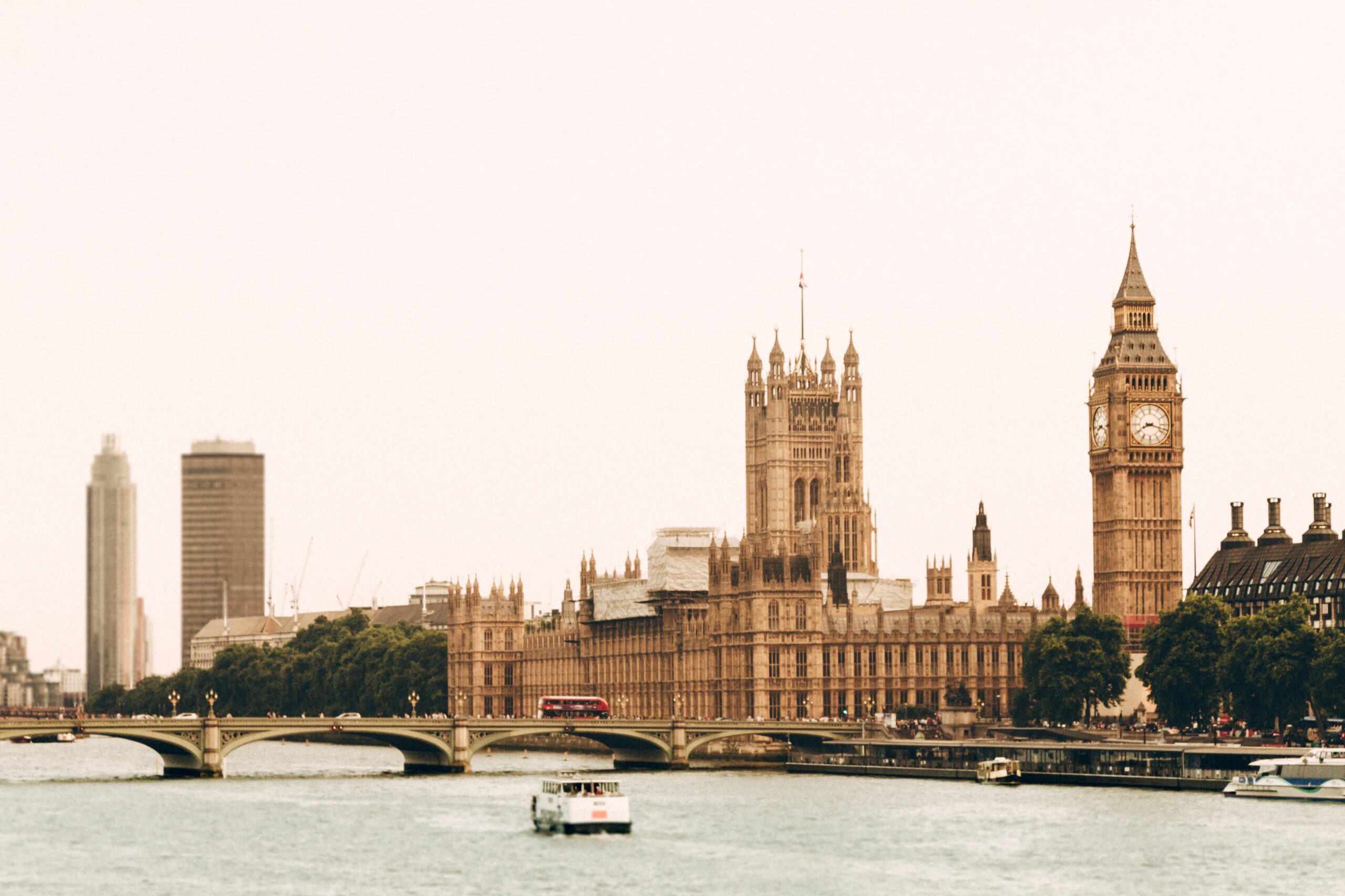
Freud and Schiele: Czechs in Vienna


Vienna has served as an artistic and cultural capital for decades, bolstered by the reputation of its inhabitants and the image they crafted for the capital city of Austria by enriching it with their talents.
Wolfgang Amadeus Mozart. Ludwig Van Beethoven. Gustav Klimt. Standing among these greats are none other than artist Egon Schiele, protegé of Klimt and a master in his own right, and Sigmund Freud, the pioneering psychoanalyst who is the reason Vienna is nicknamed The City of Dreams. These two men stand out not only for their talents, but for a link that’s rarely discussed in the context of their lives: their Czech lineage.
Born in Lower Austria, Schiele’s mother was born in the picturesque river town of Česky Krumlov in the Bohemia region of what is now the Czech Republic. Schiele moved there for a time with his lover Wally Neuzil once he had established himself as a painter of aggressive, elongated nude figures; they were thrown out of the town for what many regarded as “immoral practices” shortly after arriving. Freud himself was Czech, having been born in the small town of Příbor in Moravia. Many of his early years, and happiest memories, are of the fields of yellow wildflowers in the region. Both towns now house museums to Schiele and Freud, respectively.
The influence Freud and Schiele had on the city of Vienna and the movements that would help define it, in the context of their background from small Czech villages, opens an important layer into their stories of ambition and, in Freud’s case, immigration. Coming from small, relatively rural areas, they dreamed of the city and the opportunities it would bring. Schiele’s work with Klimt and Neukunstgruppe during the Vienna Secession gained him notoriety and renown in the art world as he shook a conservative society with provocative work. Freud, who would go on to inspire a generation of writers and artists before his theories would be disproved, spent all of his adult life practicing studying, and lecturing in Vienna until he was forced into exile during the rise of Nazism.
Though they may have become synonymous with the Austrian capital, it’s important we don’t forget their roots in obscure parts of the Czech lands, By shining a light on this, we can humanize such grandiose figures, and begin to fully understand what it was like, as outsiders, to thrive in the big city.


